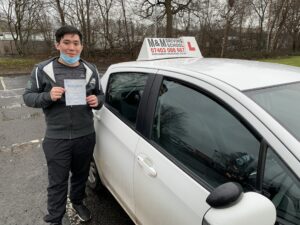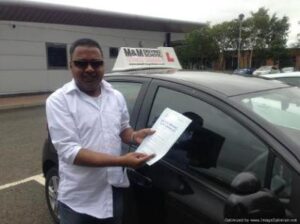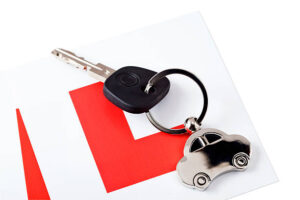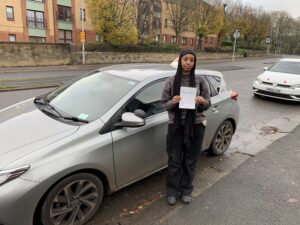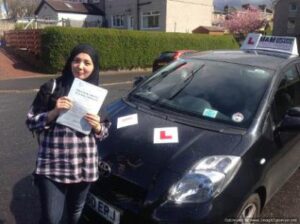Learning to Drive in the U.K: A Comprehensive Guide
Learning to drive in the UK can be a pivotal milestone in one’s life, symbolising freedom and independence. However, for many, the journey to becoming a confident driver is layered with challenges. From getting accustomed to the vehicle’s controls to navigating the complexities of road rules, the process can seem daunting. This guide aims to equip you with ten essential tips that will transform you from a beginner to a self-assured driver, emphasising practical skills, knowledge, and prioritising safety.
1. Prepare for Your Driving Lessons. https://mmdrivingschools.co.uk/diffrence-between-automatic-manual-cars/
Your driving lesson is a significant step forward. To make the most of this experience, arrive well-prepared. Ensure you have the necessary documentation, such as your provisional driving licence, and wear comfortable clothing. Be mentally ready to absorb information and keep an open mind, as learning to drive requires patience and clarity.
2. Choose the Right Transmission: Automatic Vs Manual 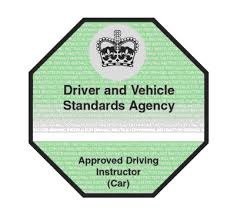
When it comes to choosing a car for your lessons, considering the type of transmission is crucial. If you struggle with coordination, starting with an automatic transmission may ease some of the pressure. Alternatively, mastering a manual transmission gives you greater versatility and control, though it requires more practice.
3. Understand Your Vehicle better.
Familiarity with your vehicle plays a critical role in driving confidence. Before hitting the road, take time to understand the essential controls such as indicators, wipers, and headlights. Knowing your vehicle’s capabilities and limitations can significantly enhance your driving experience and keep you safe.
4. Mirror, Signal, Manoeuvre (MSM)
The MSM routine is a fundamental principle of safe driving. Always check your mirrors, signal your intentions, and then manoeuvre smoothly. By making this a consistent habit, you’ll increase your awareness of your surroundings and reduce the likelihood of accidents or miscommunication with other road users.
5. Practice Defensive Driving
Defensive driving is about anticipating the actions of other road users and responding appropriately. Always be alert for potential hazards and maintain a safe distance from other vehicles. This mindset will not only help you avoid accidents but also create a safer driving environment for all.
6. Regular Practice.
Consistent practice is key to gaining confidence behind the wheel. Aim for regular driving sessions—whether that is with an instructor or a qualified friend or a family member. The more time you spend driving, the more comfortable and skilled you will become.
7. Buy Your Own Car to Practice In with family.
If financially feasible, purchasing your own car can be beneficial. This allows you to practice in an environment where you feel comfortable. Additionally, understanding your own vehicle will further enhance your driving skills, helping you to know its specific features and handling.
8. Pass the Theory Test.
Passing the theory test is a crucial step in your learning journey. Invest the time to study the Highway Code, hazard perception, and road signage thoroughly. Use online resources and practice tests to reinforce your knowledge and boost your confidence ahead of the exam.
9. Stay Calm in Stressful Situations/ Don’t Panic

Driving can sometimes lead to stressful situations. It is essential to remain calm and composed. If you start feeling overwhelmed, take deep breaths and refocus. If necessary, you can pull over safely to regain your composure. Practising mindfulness strategies can be helpful in managing nerves.
10. Apply What You’ve Learnt After You’ve Passed
Passing your driving test is just the beginning. Always apply what you have learned to reinforce safe driving habits. Continued practice and further education, such as advanced driving courses, can enhance your skills and keep your knowledge up to date.
In conclusion, learning to drive in the UK is a significant undertaking that is rewarded with newfound independence. By following these ten tips, you can lay a solid foundation for becoming a responsible and skilled driver. Stay focused, practice regularly, and most importantly, enjoy the journey on the road ahead. Safe driving!

